WHY SKYLINES MATTER
A city's skyline is its calling card — an iconic silhouette instantly recognizable by anyone familiar with its major features.
For Seattle, it's the Space Needle; for New York, it's the Empire State Building; for Chicago, it's Willis Tower; and for San Francisco, it's the Golden Gate Bridge.
"I think a skyline for a city sets the tone," says Dave Burk, developer and owner of Marketplace Properties. "The prominent skylines, you know exactly where you are."
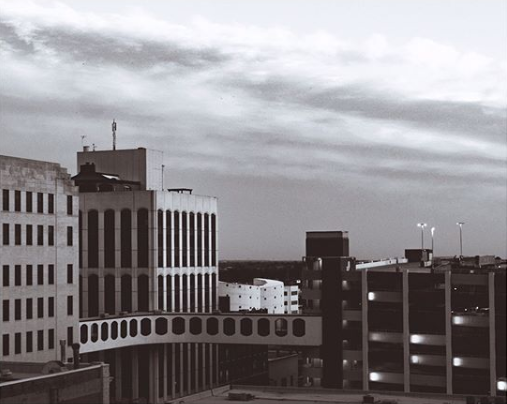
These buildings create an iconography that becomes a focal point for pride and progress.
For Wichita, the skyline concept is evolving, especially when it comes to the riverfront and Century II. The decisions made in the near future will drastically reshape the skyline and Wichita's iconography.
So what economic and cultural factors are contributing to the evolution of the skyline, and how has Wichita's development responded to these changes over the years?
A BRIEF HISTORY OF WICHITA'S SKYLINE
When Wichita was first settled, there was no skyline, says Dean Bradley, an architect formerly with Platt, Adams, Bradley and Associates and former board member for the Wichita-Sedgwick County Historical Museum.
"When we were first settled, it was just a wide-open prairie," he says. "There's a tree line along the river, but it's pretty wide and open. It was just a continuous horizon line all the way around with a few breaks because of trees."
The first buildings to break that horizon were often grain mills, churches, government buildings and a few industrial buildings. In Wichita, they were almost always limestone towers. A remaining example is the original Wichita City Hall building, which today, houses the Wichita-Sedgwick County Historical Museum.
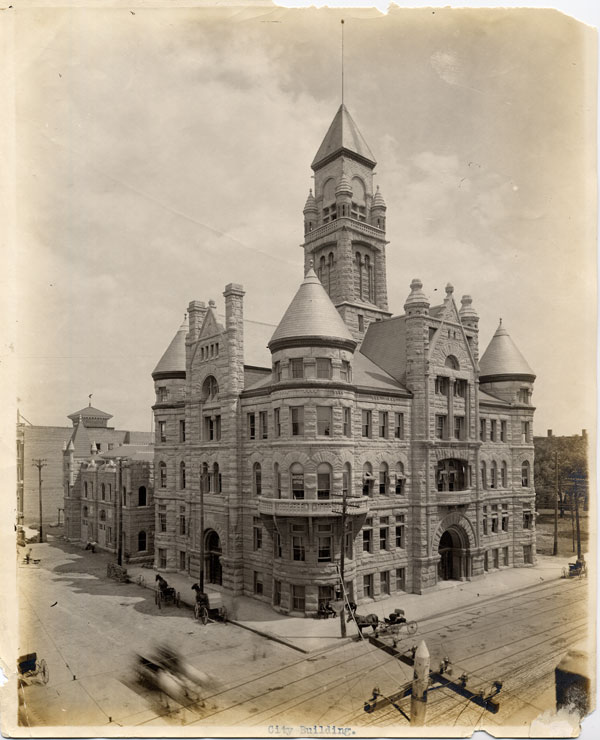
Wichita City Hall in the early 1900s. The building still stands today. PHOTO CREDIT: WICHITA-SEDGWICK COUNTY HISTORICAL MUSEUM
"It was 1892, so civic, church and some industrial buildings were tall and really affected the skyline," Bradley says.
When we were first settled, it was just a wide-open prairie. There's a tree line along the river, but it's pretty wide and open. It was just a continuous horizon line all the way around with a few breaks because of trees.Dean Bradley
It wasn't until the 1910s and 1920s when Wichita got its first true high-rise buildings. These were the Union National Bank Building, which houses the Ambassador Hotel today, the Ellis-Singleton Building, also known as the Petroleum Building, and others.
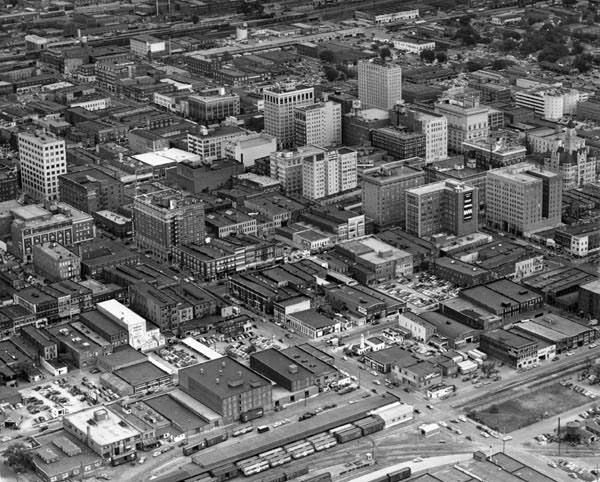
The Wichita skyline circa 1952. PHOTO CREDIT: WICHITA-SEDGWICK COUNTY HISTORICAL MUSEUM
"Things were still concentrated downtown and blocky," Bradley says. "Creating lots of — back then — valuable square footage in a small, concentrated area."
But many of Wichita's original buildings were torn down toward the middle of the century in what is commonly referred to as the "urban renewal." Century II was built around this time and opened in 1969. Many historic buildings had to be removed to make room.
Bradley's firm was responsible for replacing many of those torn-down buildings. They designed many of the structures surrounding the Garvey Center Tower and they designed Wichita's last major high-rise building, the Epic Center.
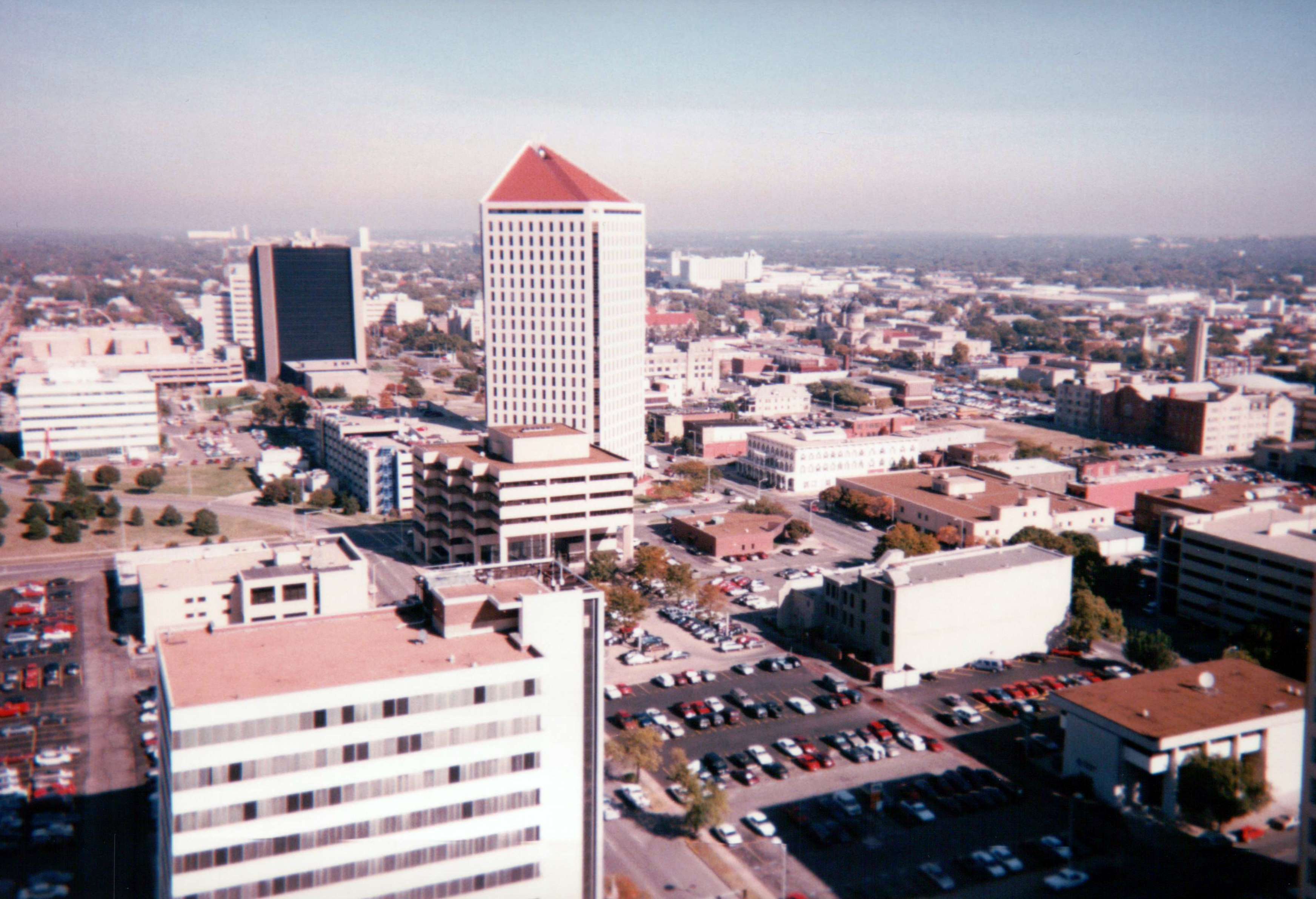
The Epic Center in 1999. PHOTO CREDIT: PhillyPartTwo - CREATIVE COMMONS
"When my older partners were designing the Epic Center, they did want to try to make a statement of the tallest building," Bradley says. "But it was meant to be a major statement. Epic. ... And it definitely does help define the downtown area with a punctuation mark."
The Epic Center was completed in 1989 and was, for many years, the tallest structure in the state. It still serves as Kansas's tallest building and Wichita's most recent high-rise.
In more recent decades, new builds in the city seem to be focused more on building out rather than up.
BUILDING UP VS. BUILDING OUT
Skyscrapers certainly make a statement, but they're also practical. By building up rather than out, they save valuable square footage on the horizontal plane, making room for more people and businesses.
In cities like New York City, where skyscrapers were pioneered, this was pretty important. There's only so much space on Manhattan Island, and as the population continued to rise, the only way to accommodate more density was to build up.
In Wichita, we don't necessarily have this problem.
"It's much easier to build out than up in Wichita because our downtown is probably three or four times the size it should be for our population," Burk says. "We've got a lot of land. And you know, if you look at the development out in the suburbs, they just continue to buy more farm ground and continue to expand the city."
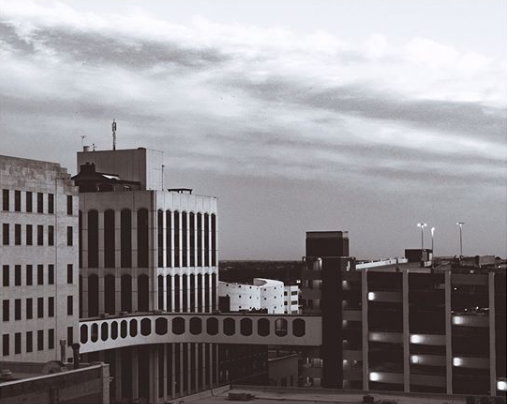
Burk is best known for his work in Old Town. Besides the tower on Hotel Old Town, few of these buildings make a mark on the Wichita skyline. But they do represent a more modern approach to downtown development — one that builds out instead of up.
It's much easier to build out than up in Wichita because our downtown is probably three or four times the size it should be for our population.Dave Burk
"My whole thing is critical mass and mixed-use," Burk says. "Because if you're coming down to eat, you may walk by a retail thing or you may walk by an office that's vacant, and then you want to come down, too. So it draws a lot of people."
That critical mass is enticing to companies seeking a vibrant area that will be attractive to young talent. Cargill built its new protein headquarters right on the edge of Old Town. Other companies are following suit with new construction, from IMA to Martin Pringle.
None of these buildings — not even Cargill's — break five stories.
Burk says this could have less to do with a trend to build out with spread-out campuses and more to do with simple dollars and cents.
"The higher you go, the more codes you have, the more expensive it gets," he says. "From a code standpoint, once you go above four or five stories, it gets a lot more expensive. And then when you go up past high-rise, which is I think 75 foot, then it's really expensive."
Burk says he prefers when companies build up, but for the past 30 years, companies have avoided it, at least in the downtown area.
"Downtown went through a real suffering period because most of the structures — the higher structures — are out East," he says. "I think the momentum's shifted back downtown now."
In fall 2020, Fidelity Bank is building up, adding to the skyline for the first time in decades. Will this spark a trend of building up in the future?
EDITOR'S NOTE: The Chung Report is an initiative of the Bastian Family, which owns Fidelity Bank.
POTENTIAL FUTURES
With the collective consciousness shifting toward downtown, there's a lot to talk about when it comes to the future of Wichita's skyline.
The new baseball stadium, Fidelity Bank's headquarters expansion and whatever comes of discussions surrounding Century II and a new performing arts center will all make an impact on our city's iconography.
"I think our skyline ought to be distinctive, which it certainly is now," Bradley says. "Keep as many of the historic buildings as we can, and the towers, like the old City Hall. ... I hope we can enhance what we've got going, build upon what we have, do some new things and restore some old things."
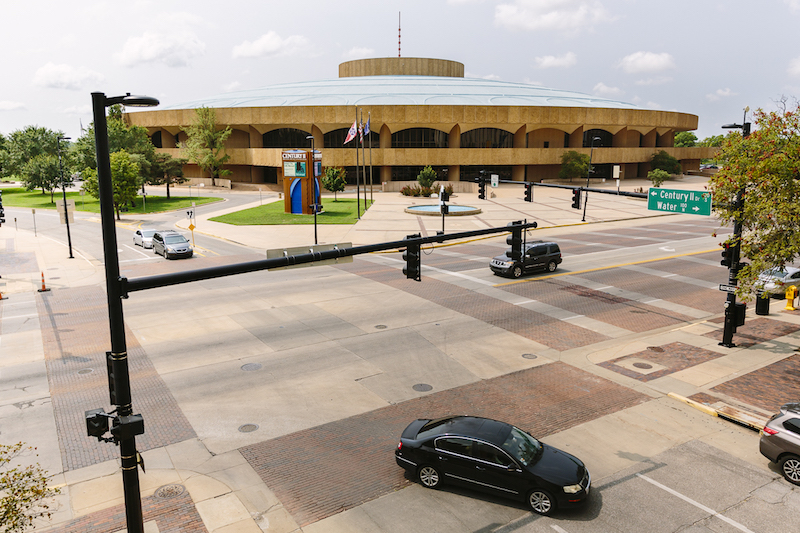
But which historic structures deserve to stay? Bradley says he would like Century II to remain downtown, but there's a general consensus that it no longer meets the requirements of a modern performing arts center or convention center.
I hope we can enhance what we've got going, build upon what we have, do some new things and restore some old things.Dean Bradley
Century II is also in the unique position of being a public project. Burk says, in other parts of downtown, developers will be the ones to make decisions on building up versus building out — getting rid of the old or keeping it.
But the government and the developers are both ultimately influenced by the general public, making public consensus an important driver for the future of our skyline.
The Riverfront Legacy Master Plan is one opportunity where public input is welcomed. Find an upcoming meeting to get involved.
"Developers normally are driven by the market, which then goes back to the general public," Burk says. "If the general public wants to live downtown, well then we'll accommodate them. If they want to work downtown, we'll build buildings for them to work downtown."
Watching the skyline evolve isn't just a way for us to track progress or witness a change in building trends. It's a way for us to rally around the icons that make our city unique — the buildings, forms and lines that can only be found in Wichita.
So what would you like to see next?